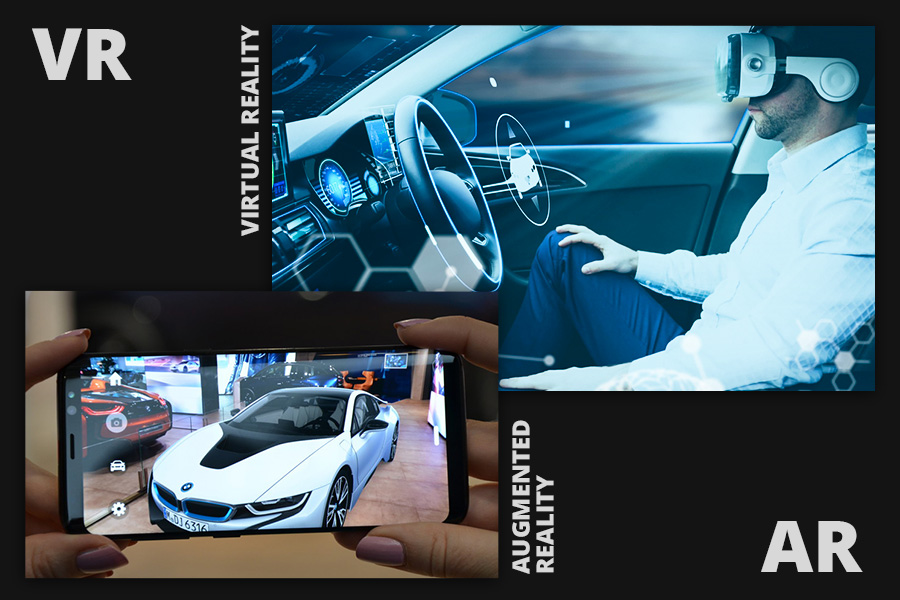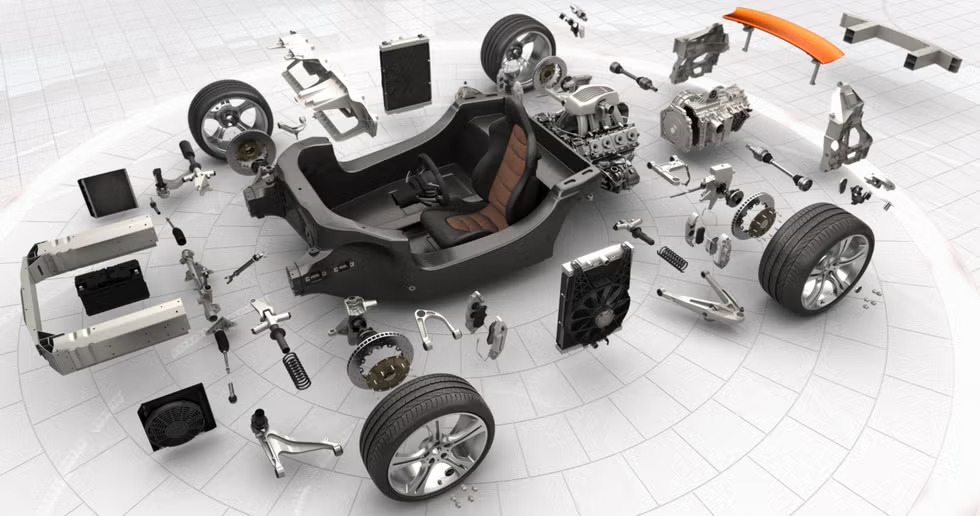
Imagine being able to take a car for a spin during your lunch hour without getting up from your desk – or browsing a showroom in your pyjamas, instead of changing into them. This isn’t science fiction, it’s the shape of the next wave of car-buying, made possible by virtual and augmented reality (VR and AR). So what are these two technologies, and what do they mean for the future of being a customer of the car industry?
Introduction to VR and AR in Car Buying
While cars can already be bought over the internet, Virtual Reality (VR) and Augmented Reality (AR) are changing this forever. With this type of technology getting closer to being mass-market, a new type of car buying experience is becoming available. People will be able to take a virtual test drive, with experiences closer to visiting a car dealership, without ever leaving their home.
The Evolution of Virtual Showrooms
In place of the traditional physical dealership showroom, a customer will access a remote virtual space - from any location - to explore a vehicle, revving the engine, changing the windows or contemplating tyre sizes in a dynamic, entertaining view.
How Virtual Showrooms Work
Once on your head or via a simple browser window, you can walk around vehicles, inspect their interiors, determine different trims – all from a 360-degree view that makes you feel like you are there in person, rather than staring at a monitor.
Benefits
● Accessibility : Explore the showroom from your home or office.
● Variety: View a wide range of models and configurations without the physical space constraints.
● Convenience: Make informed decisions without the pressure of being at a dealership.
Augmented Reality: Bringing Cars to Your Living Room
Augmented Reality(AR) takes shopping even one step further than catalogue-based virtual reality: instead of showing a picture of a product (car) that isn’t with you, digital images superimpose a car into your line of sight, so that you can project it into your driveway or even into your living room.
How AR Enhances Car Visualization
Your smartphone or tablet can show you a car in your actual world. Aim your device at your driveway and watch how a car looks from all sides, inspect its interior, or see what it looks like in several colours.
Benefits
Realistic Visualization: See how the car fits into your space.
● Interactive Features: Engage with various car features and options virtually.
● Enhanced Engagement: More engaging than static images or videos.
Virtual Test Drives: A New Era
One of the more exhilarating applications of VR for consumers is the virtual test drive – literally getting behind the wheel without stepping onto a car lot.
How Virtual Test Drives Work
VR test drives mimic the motions of driving in a real car, but instead of actually getting in a car, you’re strapped into the experience via some high-powered software and a VR headset. Take a drive through many different environments and in many different weather conditions. Get a feel for your vehicle, and see how it handles when merging onto the highway (from the comforts of your living room)
Benefits
● Convenience: Test drive multiple cars quickly and from anywhere.
● Safety: Experience driving in a controlled, virtual environment.
● Variety: Explore different models and features without leaving your house.
Personalized Car Customization with AR
For instance, tuning a car to your liking typically means navigating multiple options, but AR brings the experience to life so that you can see in real time what a change will look like.
1: Interactive Customization: You can visualise not just the car colour, but the interior options and accessories, all in your phone or tablet – in real time, and in front of the car – to help eliminate uninformed decisions based on imagination, memory or static images.
2: Instant Feedback: With AR, you can experiment with different configurations simply by touching different options; if you like what you see, grab it and, voila!
Transforming Dealerships with VR and AR
But more and more, VR and AR are becoming a permanent part of the car-buying equation – and changing the nature of car dealerships while they do.
1: Reduced Foot Traffic : (Virtual showrooms and test drives let people buy cars without setting foot in dealers.) This in turn might allow for some streamlined, appointment-based, customer service (an option that has mocked critics because businesses tend not to reduce their operating costs in this way).
2: Enhanced Customer Service: TheStore’s customers could expect to experience a more assisted pursuit, where the showroom brings enhanced customer service that extends to specific demonstrations and offerings based on an individual customer’s needs, using VR and AR. The sales staff stands to better understand how best to help customers by honing in their own understanding of needs and wants.
Addressing Challenges and Considerations
VR and AR bring great promise but also great problems
1: Technical Accessibility: For all its potential as a utility, there remain many people who cannot afford or access VR headsets, or the most sophisticated AR devices. We need to ensure that they can use these tools, or they won’t catch on widely enough to become mainstream.
2: Cost of Implementation: It is true that VR and AR are to expensive to develop and maintance for the dealerships. Also, some smaller dealerships may not have the budget for buying these technologies.
3: User Adoption: While more youthful, technologically proficient customers could seemingly adopt VR and AR rapidly, more seasoned or less technologically advanced customers might find these technologies intimidating, if not unneeded.
What the Future Holds for Car Buying
However, the way that cars can be bought is going to continue to change as VR and AR technology develops further and as they are combined with new and emerging technologies.
1. AI Integration: Tailored recommendations from artificial intelligence could improve the experience of interacting with a VR or AR system – for example, helping to initiate a buying process and handling administrative tasks. Some interfaces have already been highly successful in capturing our attention.
2. Fully Virtual Transactions: Within the next few years, it could soon be possible to do everything involved in purchasing a car – from browsing, test driving and financing to signing on the dotted line – online.
3. More Interactive Showrooms: Look forward to more immersive showrooms that integrate VR, AR and AI to create a new, improved car-buying experience.
Conclusion
The way we buy cars in the future is becoming more digital than ever led by VR and AR technologies, which are creating a more immersive, customised and convenient way to try and buy vehicles without even leaving our homes. What was previously a time-consuming activity at the dealership is now a convenient experience with VR and AR, putting consumers in control and bringing the car industry into the 21st century. As more and more VR/AR solutions are developed over the coming years, this will make the process of buying a car more exciting than ever, making multiple trips to the dealerships unnecessary.

.jpg.webp)

.jpg)
.png)
Leave your thought here
Your comments are valuable for us. Required fields are marked *